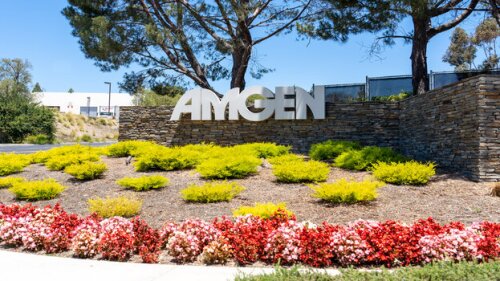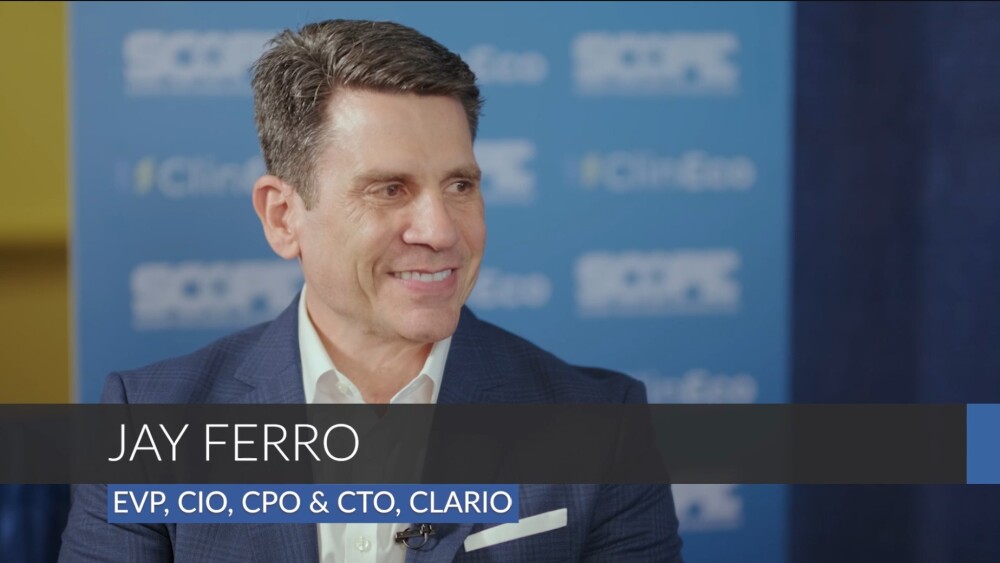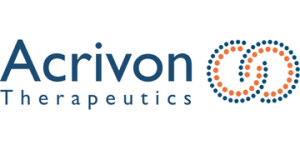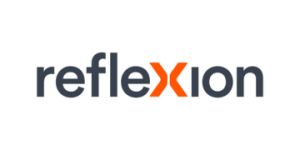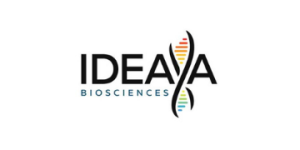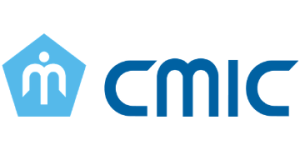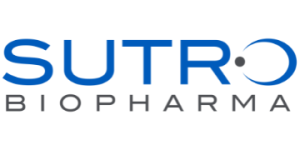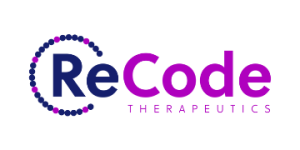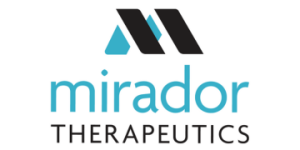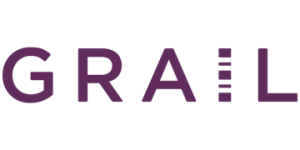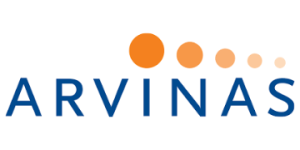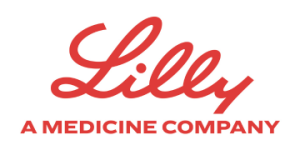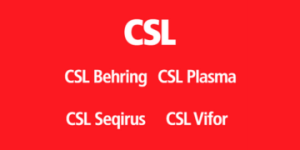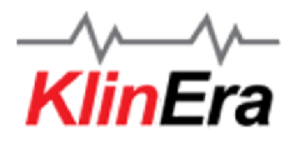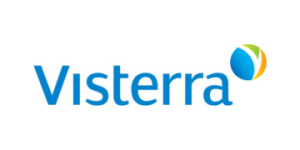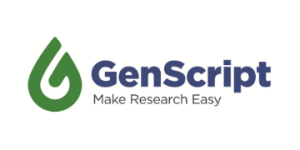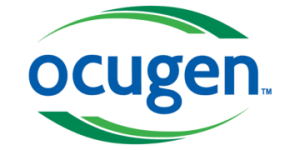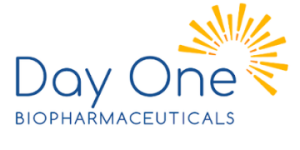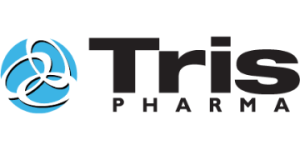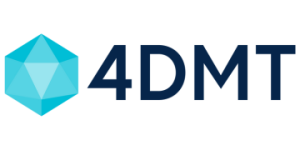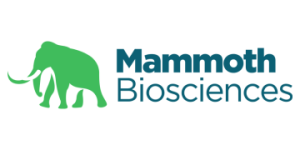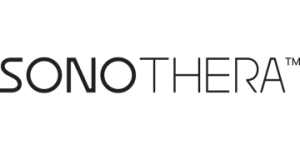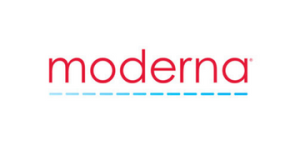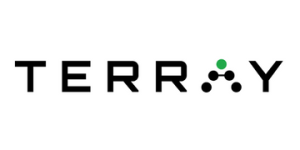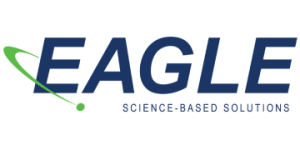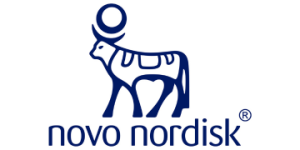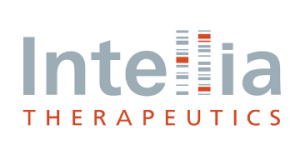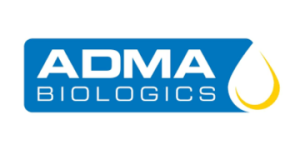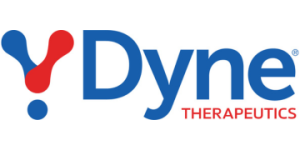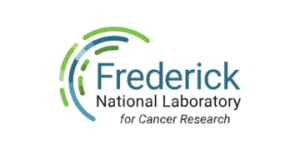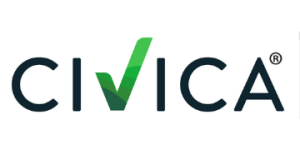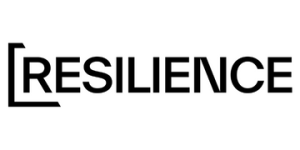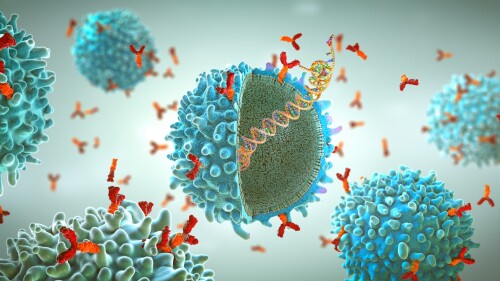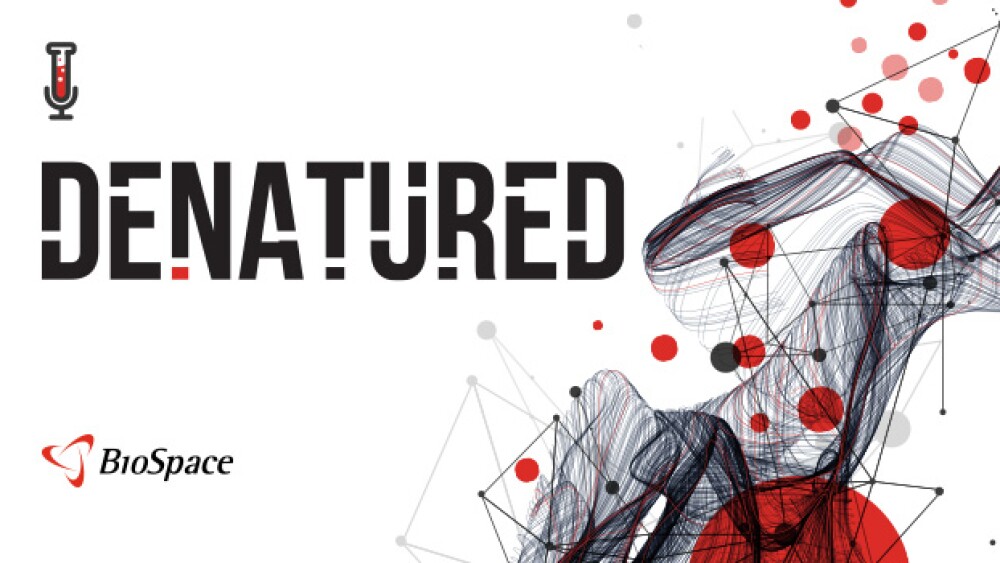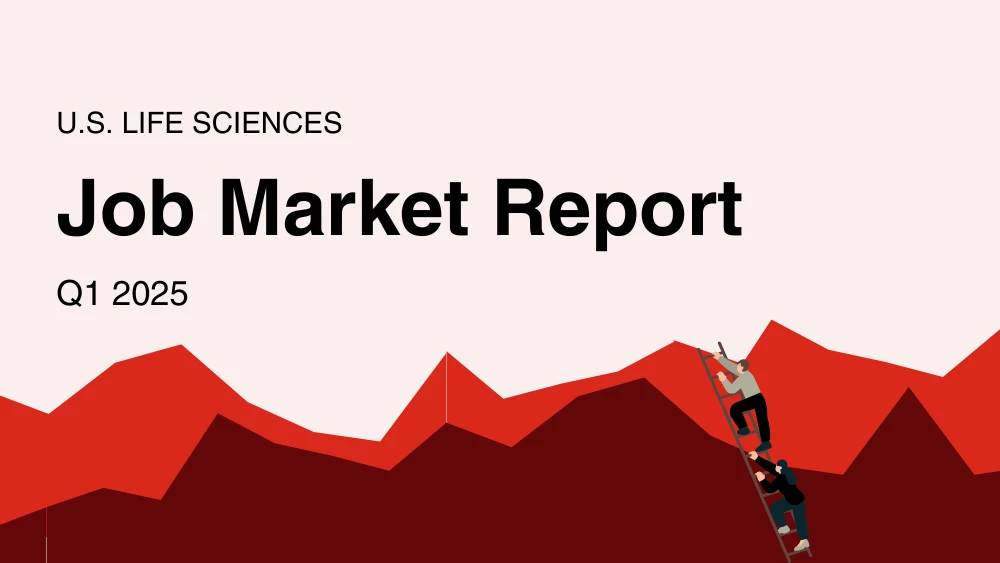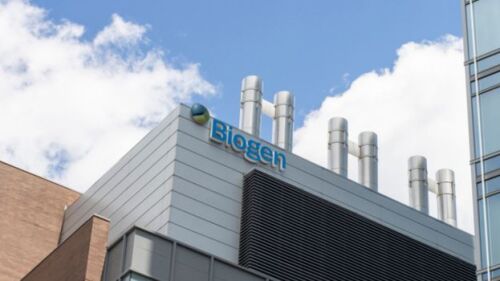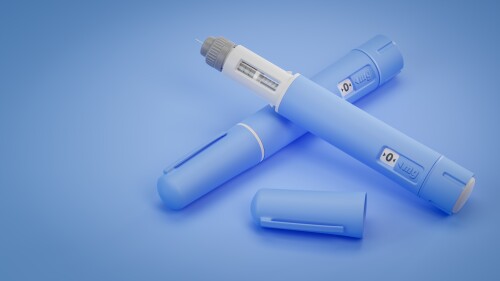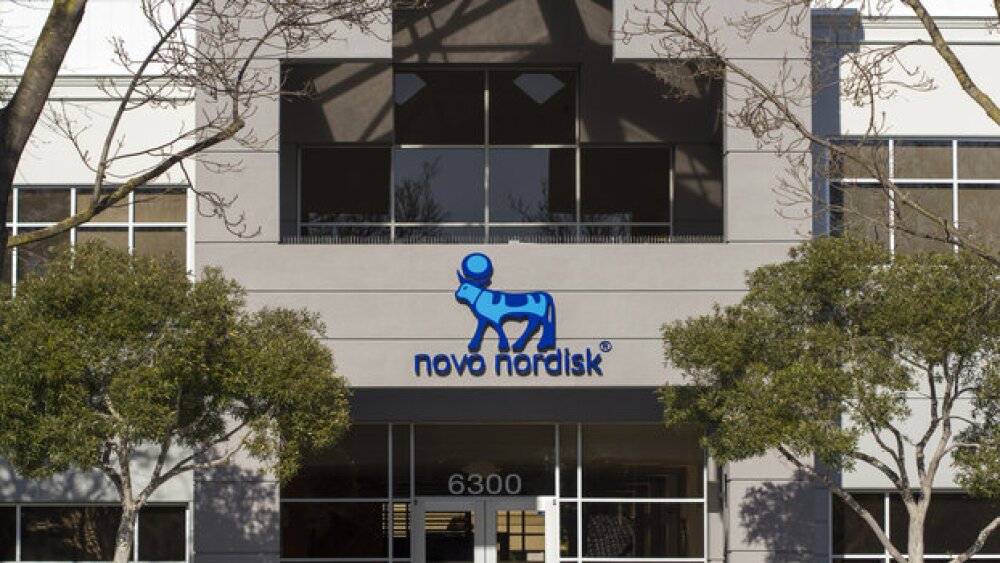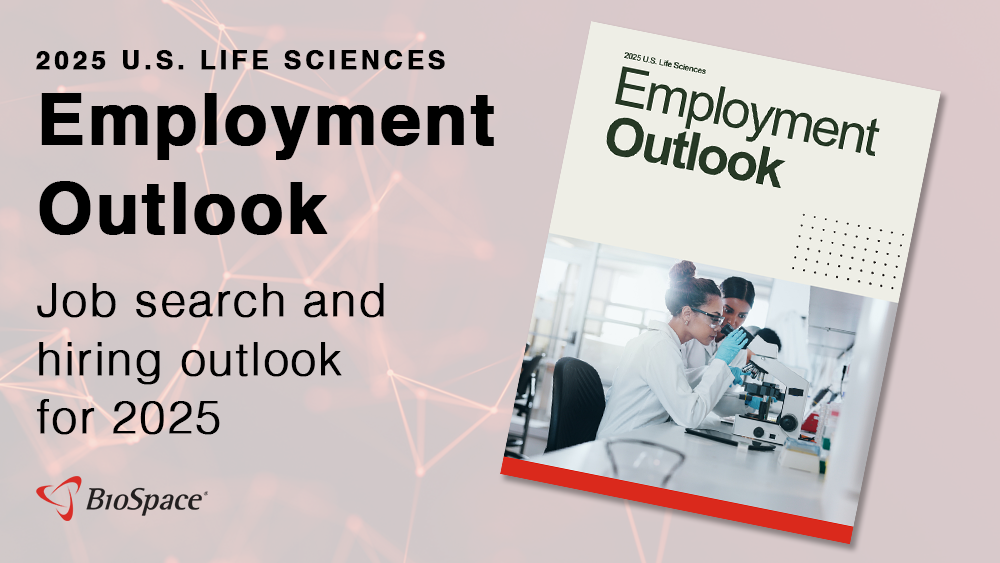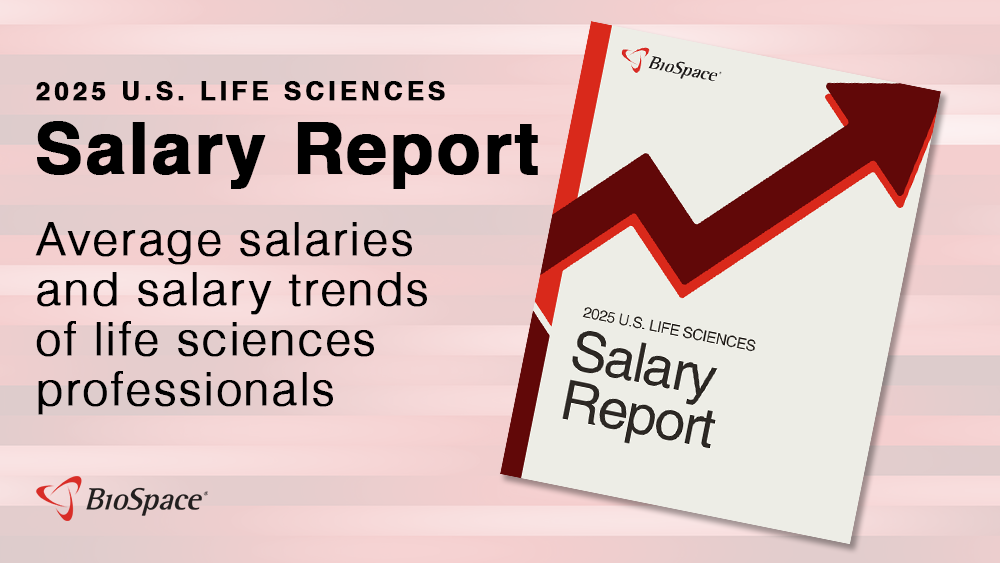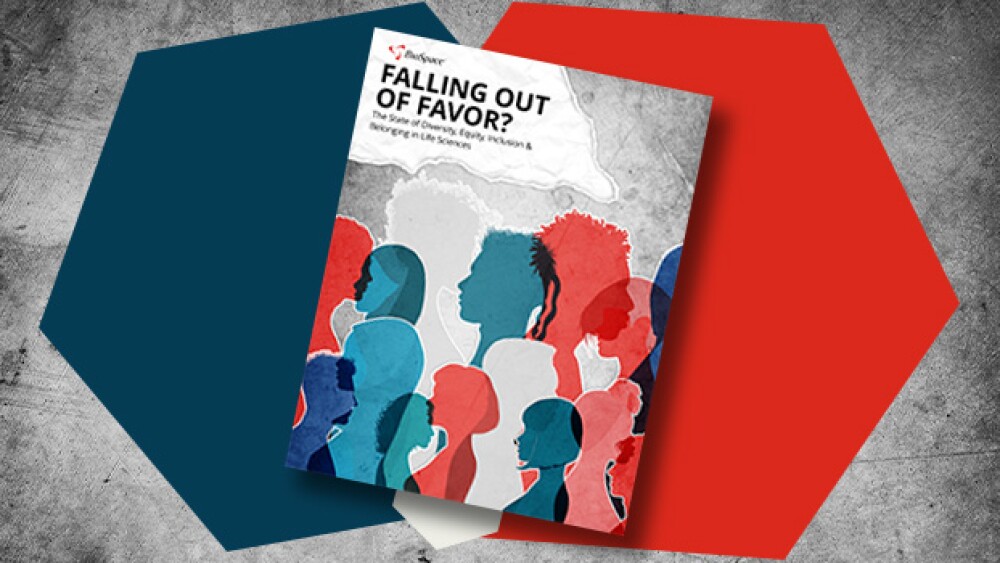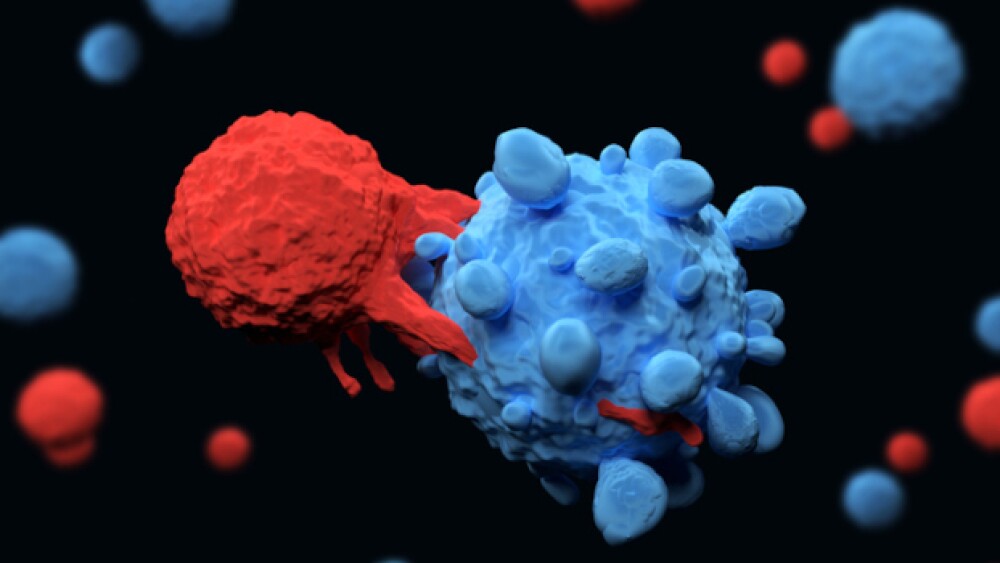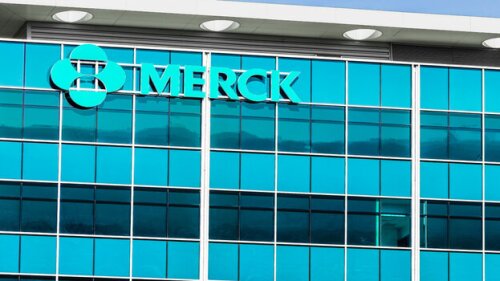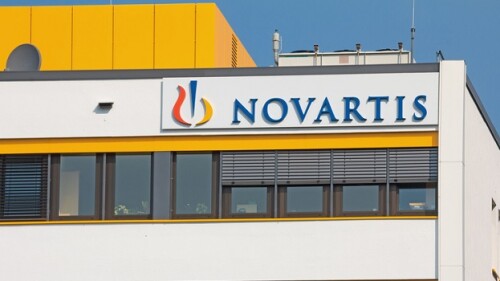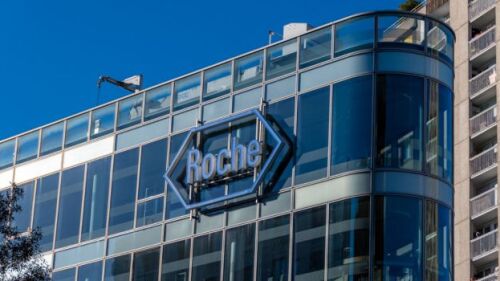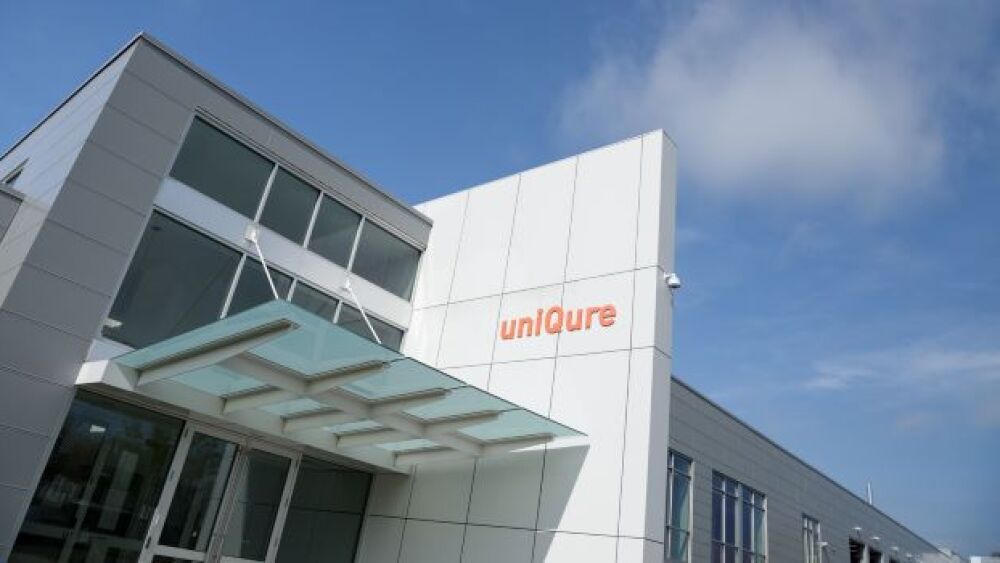According to Tempest, its options include a partnership or licensing deal, as well as a merger or an acquisition.
In this episode presented by DIA, BioSpace’s head of insights Lori Ellis discusses the underrepresentation of women in clinical trials with Martin Hodosi, partner at Kearney and Melissa Laitner, director of strategic initiatives at the National Academy of Medicine.
Jefferies analysts predict Annexon’s tanruprubart could be approved by mid-2026.
Leerink analysts noted, however, that Uplizna’s slow onset of therapeutic efficacy compares unfavorably to would-be competitors in generalized myasthenia gravis.
The Fourth Circuit’s ruling follows a Supreme Court verdict that also allowed the Trump administration to move forward with its mass layoffs at federal agencies.
Known as the home of big-name companies including Johnson & Johnson, New Jersey has become a destination for more and more small and midsize life sciences businesses. Choose New Jersey, Grace Therapeutics and Onyx Equities executives discuss the state’s life sciences scene.
FEATURED STORIES
Biopharma doubles down on immunology and inflammation as companies target new pathways and seek to improve on current options in inflammatory bowel disease, atopic dermatitis, myasthenia gravis and more.
Jay Ferro, EVP, CIO, CPO & CTO at Clario discusses safety, trust and what keeps him up at night.
Just a few months after Vir Biotechnology lost an emergency authorization for its COVID-19 antibody, Marianne de Backer stepped in as CEO to answer a critical question: What’s next?
FROM BIOSPACE INSIGHTS
In a year when eradicated diseases are on the uptick in America, how will American children survive RFK Jr.’s vaccine scrutiny and inconsistency? Two experts call on pharma and regulatory bodies to rebuild trust.
LATEST PODCASTS
Plus, another big buy points to strength of CDMO market and a new treatment for pulmonary arterial hypertension
The pharmaceutical industry is facing critical attention, particularly around drug pricing and development costs. Drug development cost is about 10% of the total healthcare spend in the United States. Broader issues such as local monopolies, utilization, unit, and costs and local monopolies, politics and a fragmented payer system contribute to the increasingly high costs to patients.
Bayer cut its C-suite nearly in half amid a massive restructuring. Meanwhile, the U.S. government says it will pay for Wegovy for patients with heart disease.
Job Trends
Looking for research associate jobs in the biopharma industry? Check out these five top companies hiring life sciences professionals like you.
Subscribe to Genepool
Subscribe to BioSpace’s flagship publication including top headlines, special editions and life sciences’ most important breaking news
SPECIAL EDITIONS
A new generation of checkpoint inhibitors is emerging, with some showing more promise than others. From recent TIGIT failures to high-potential targets like VEGF, BioSpace explores what’s on the horizon in immuno-oncology.
Peter Marks, the venerable head of the FDA’s Center for Biologics Evaluation and Research, has been forced out. In this special edition of BioPharm Executive, BioSpace takes a deep dive into the instability of the HHS.
Year-over-year BioSpace data show biopharma professionals faced increased competition for fewer employment opportunities during the first quarter of 2025.
DEALS
-
As we near the end of second quarter of 2024, the initial public offerings among biotechs have slowed, but the market is still going strong.
-
Orna Therapeutics announced Thursday it is acquiring ReNAgade Therapeutics, which launched in May 2023 with $300 million in Series A financing and is on BioSpace’s NextGen Class of 2024 startups to watch this year.
-
Days after backing out of two Ionis-partnered neuro programs, Biogen has inked a potential $1.8 billion buy of Human Immunology Biosciences and boosting its late-stage immunology pipeline.
-
Neuroscience-focused Rapport Therapeutics and radiopharma developer Telix Pharma announced their respective plans Friday for initial public offerings on the Nasdaq for undisclosed dollar amounts.
-
Johnson & Johnson announced Thursday it is paying $850 million in cash, plus a potential milestone payment, for privately held biotech Proteologix and its atopic dermatitis-focused bispecific antibody candidates.
WEIGHT LOSS
-
Phase I data for TERN-601 suggests Terns’ oral GLP-1 candidate for obesity could be a contender in the market next to big names like Lilly, Pfizer and Roche.
-
Terns Pharmaceuticals will advance TERN-601 into Phase II after early-stage data showed the oral therapy led to weight loss of 4.9%, comparable with weight loss pills Lilly and Pfizer are developing, according to analysts.
-
A broad indication for MariTide could help Amgen secure Medicare coverage for the treatment following FDA approval, CEO Robert Bradway said at Wednesday’s Morgan Stanley Global Healthcare Conference.
-
Like its U.S. and European counterparts, Britain’s Medicines and Healthcare Products Regulatory Agency found no conclusive link between the use of GLP-1s and a heightened risk of suicidal and self-injury thoughts.
-
Under a multi-year agreement announced Wednesday, Eli Lilly will leverage Haya Therapeutics’ proprietary RNA-guided genome platform to identify drug targets to address the chronic conditions.
POLICY
-
Alongside the settlement, Novo and Viatris have asked the U.S. Patent and Trademark Office to terminate its review of the validity of the Danish drugmaker’s semaglutide patents.
-
The adjusted guidelines will provide drugmakers with more opportunities to engage with the Centers for Medicare and Medicaid Services regarding the initial maximum fair price offers, according to the agency.
-
Faced with potential monetary fines, Johnson & Johnson said Monday it is abandoning a proposed 340B rebate plan for hospitals involving two of its blockbuster drugs, Stelara and Xarelto.
-
Women are already underrepresented in clinical trials; the new abortion and IVF laws could make it worse.
-
Sen. Bernie Sanders’ aggressive targeting of Danish drugmaker Novo Nordisk’s Ozempic and Wegovy pricing, and not Eli Lilly’s rival drugs, is not fair.
Thinking about starting a career in biotech? We’ve put together a guide to help you decide where to go within the biotech field and what steps you should take to get there.
The search for a biopharma job can be daunting, but it doesn’t have to be. Here is a complete guide to the biopharma job hunt, from researching job openings to writing resumes and cover letters.
Even if you aren’t looking for a new role in biopharma, nurturing relationships will only benefit you in the long run. To help, here is a complete guide to networking in the life science industry.
To help alleviate some of the stress related to finding a new job, we’ve created a comprehensive guide detailing how to prepare for your biopharma job search.
Requesting disability accommodations is vital for your success in the workplace. You can find out everything about how to ask for accommodations in our guide.
Before searching for a job in the life sciences industry, it is essential to understand the differences between working as a contractor and a full-time employee.
HOTBEDS
REPORTS
In this Employment Outlook report, BioSpace explores current workforce sentiment, job activity trends and the prospective job and hiring outlook for 2025, particularly as it compares to the previous year.
BioSpace’s third report on diversity, equity, inclusion and belonging in life sciences examines dramatic shifts in attitude around diversity initiatives.
CANCER
-
While some of the initial excitement around immunotherapies has waned, companies—particularly smaller biotechs—are developing newer iterations that will take cancer care to the next level.
-
Offsetting Merck’s growth in the third quarter were disappointing revenues from its HPV vaccine Gardasil and type 2 diabetes pill Januvia, with the company on Thursday narrowing its 2024 sales and adjusted profit outlooks.
-
Scemblix was granted accelerated approval by the FDA for the treatment of certain patients newly diagnosed with chronic myeloid leukemia. The expanded indication increases the eligible patient population by approximately four times, according to Novartis.
-
Jefferies analyst Kelly Shi in a Sunday note to investors said that both data drops for Revolution Medicines’ experimental RAS inhibitors are positive and could be “synergistic” in the first-line setting for pancreatic ductal adenocarcinoma.
-
Bank of America analysts said prior to Thursday’s readout that Tyra Biosciences’ TYRA-300 could rival Johnson & Johnson’s kinase inhibitor Balversa, which has suffered from safety concerns and poor tolerability.
NEUROSCIENCE
-
BMO Capital Markets analyst Evan Seigerman said luvadaxistat’s inconsistencies between mid-stage trials raise questions about Neurocrine Biosciences’ developmental efforts moving forward.
-
The next generation of Alzheimer’s therapeutics is moving away from amyloid plaques and tau tangles, offering multiple approaches to slow cognitive decline.
-
Roche’s fenebrutinib this week scored a mid-stage win in relapsing multiple sclerosis, while Sanofi’s tolebrutinib met the primary endpoint in a Phase III trial for progressive MS but flopped in two late-stage relapsing MS studies.
-
Days after Sanofi reported back-to-back failures for its BTK inhibitor, Roche’s fenebrutinib on Wednesday scored a mid-stage win in relapsing multiple sclerosis, demonstrating near-total elimination of disease activity.
-
The investigational injection fosgonimeton appeared to have better efficacy in patients with more severe disease, according to post-hoc subgroup analyses, though none resulted in statistically significant effects.
CELL AND GENE THERAPY
-
Following a disappointing readout last year, uniQure on Tuesday posted promising Phase I/II data for its investigational gene therapy AMT-130 and nabbed the first-ever Regenerative Medicine Advanced Therapy designation from the FDA in Huntington’s disease.
-
The groundwork being done in 2024 is building the foundation for global collaboration in the future.
-
Johnson & Johnson and Legend Biotech’s Carvykti cell therapy significantly improved survival in patients with multiple myeloma when used in the second-line setting, the companies announced on Tuesday.
-
Rocket Pharmaceuticals’ gene therapy Kresladi has been hit with an FDA Complete Response Letter requesting additional chemistry, manufacturing and controls information to complete its review.
-
One patient died of respiratory failure in a Phase I study of Lyell Immunopharma’s investigational CAR-T therapy. The company on Wednesday said it has not definitively linked the fatality to the treatment.







